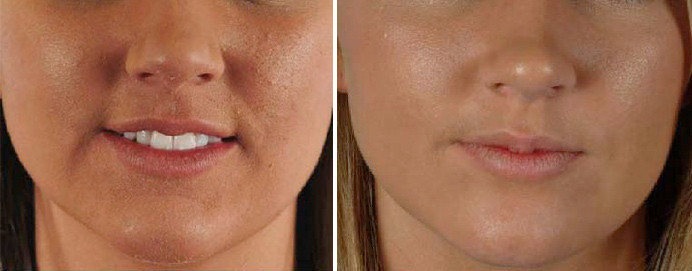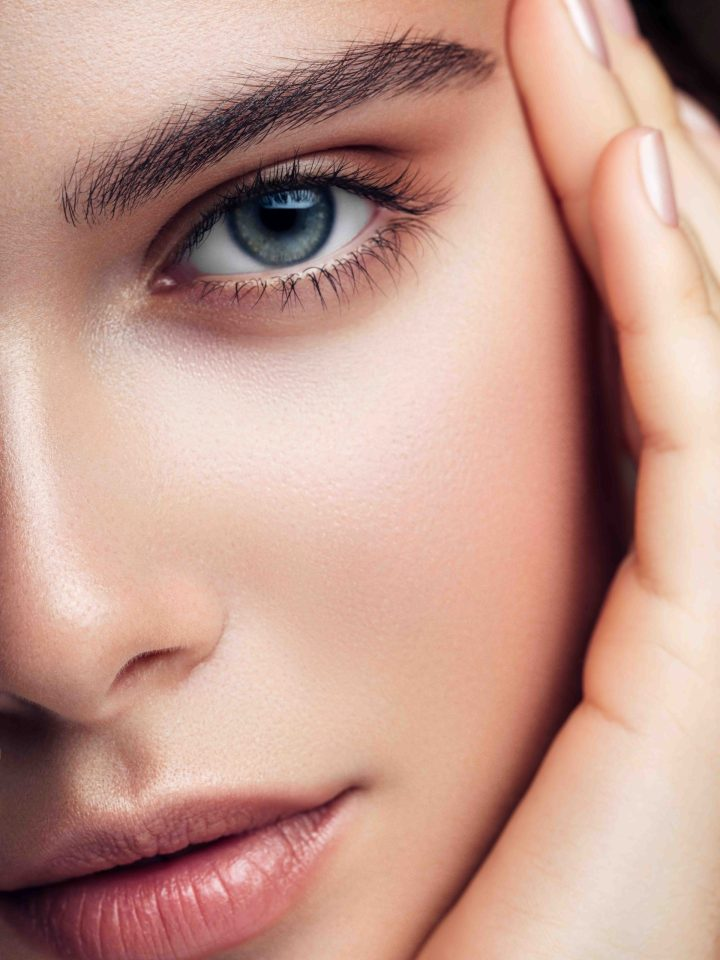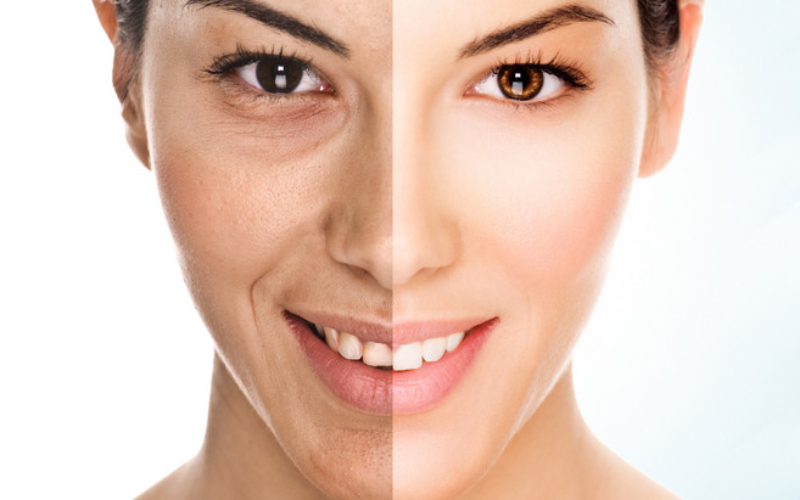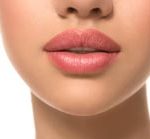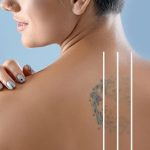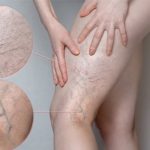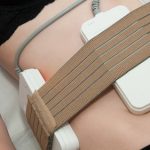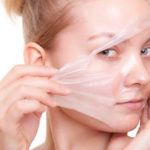What Are Dermabrasion & Microdermabrasion?
Dermabrasion is a procedure in which the skin is cooled and then a specialized high-speed rotary instrument is used to “sand” the skin. This abrasive or planing action improves your skin contour as a new layer of skin replaces the treated skin, resulting in a smoother, refreshed appearance.Dermabrasion can improve acne scars and scars resulting from accidents or disease. Dermabrasion does cause crusting of the skin and does require downtime. Once the skin is healed in approximately one week, it is left red as it would be following a chemical peel, laser peel or other resurfacing technique. Performed by a cosmetic surgeon at Cleveland Clinic Cosmetic & Plastic Surgery Center, dermabrasion can also treat other skin conditions, such as tattoo scars, wrinkles, age (liver) spots and other skin lesions. Microdermabrasion (also known as “power peel”) involves using tiny crystals that are sprayed on the skin, which helps treat superficial skin problems like fine lines, dull skin, brown spots, mild acne scars, age spots and sun-damaged layer of skin. Microdermabrasion causes no bleeding and requires minimal downtime. Skin care specialists at Cleveland Clinic Cosmetic & Plastic Surgery Center are experts at delivering this non-surgical, non-chemical procedure.
When Is Dermabrasion or Microdermabrasion Used?
Dermabrasion was developed to improve acne scars, pox marks, and scars from accidents or disease. It’s not effective in treating congenital skin defects, most moles, pigmented birthmarks, or scars caused by burns. Dermabrasion is generally only safe for people with fair skin. For people with darker skin, dermabrasion can result in scarring or discoloration. Microdermabrasion works on all skin types and colors. It makes subtle changes, usually causing no skin color change or scarring. It is not effective for deeper problems such as scars, stretch marks, wrinkles, or deep acne scars. With microdermabrasion, there is less downtime than with dermabrasion. Skin is temporarily pink but fully recovers within 24 hours. It doesn’t require surgery or anesthetics. That may help people who cannot take “downtime” for healing.
How Does Dermabrasion and Microdermabrasion Work?
Dermabrasion is done in the doctor’s office. You may get medication to relax you before the procedure starts. Your skin will be thoroughly cleansed, and you’ll get shots of numbing medicine to anesthetize the area to be treated.
The doctor will use a high-speed instrument with an abrasive wheel or brush to remove the outer layers of your skin and improve any irregularities in your skin’s surface.
In microdermabrasion, tiny crystals are sprayed onto the skin to gently remove the outer layer of your skin. This technique is less aggressive than dermabrasion, so you don’t need numbing medicine. It is basically an exfoliation and skin rejuvenation procedure that leaves skin looking softer and brighter.
What Happens After Dermabrasion and Microdermabrasion?
After a dermabrasion procedure, your skin will feel as though it has been severely “brush-burned” for a few days. Your doctor can prescribe or recommend medications to ease any discomfort you may feel. Healing usually happens within seven to 10 days.Your new skin, which is pink at first, gradually develops a normal color. In most cases, the pinkness largely fades by six to eight weeks. You can use makeup as soon as the skin is healed. Generally, most people can resume their normal activities in seven to 14 days after dermabrasion. You should avoid sunlight for a few weeks after the pink color has gone away. When outdoors, use a broad spectrum sunscreen with an SPF of 30 or more, and wear a wide-brimmed hat.
After microdermabrasion, your skin will be pink and feel dry and tight (like sunburn or windburn) for about 24 hours. Use moisturizer and broad spectrum sunscreen. Some types of makeup should not be applied for at least 24 hours after the procedure.
Are There Side Effects and Complications With Dermabrasion and Microdermabrasion?
Dermabrasion side effects include:
Uneven changes in skin color (temporary or permanent),
Formation of a scar,
Swelling,
Infection,
Darkening of the skin (usually temporary but may be permanent); this is caused by sun exposure in the days and months following the procedure.
Microdermabrasion vs. Dermabrasion
While both treatments are used to address various irregularities of the skin, they differ in some respects. That’s why we are writing this section to give you a deeper insight into this.
Unlike dermabrasion procedure, microdermabrasion is a non-invasive method as it does not involve anesthesia. No hospitalization or recovery time is needed either. Plus, it doesn’t necessarily have to be done by a plastic surgeon. A nurse, doctor, or a licensed beauty practitioner can also do the treatment.
Microdermabrasion works wonder on all kinds of skin. But dermabrasion is only suitable for those with fair skin. Dark skins do not respond well to dermabrasion treatment. By the way, microdermabrasion can only address superficial skin problems. Deeper irregularities like scar spots or uneven texture need a more intensive method like dermabrasion.
Cost of Dermabrasiin & Microdermabrasion in Iran
High-quality cosmetic procedures are offered at very attractive prices in Iran and dermabrasion and microdermabrasion are no exception. Dermabrasion and microdermabrasion in Iran cost from around $100 to $150 per session. This is while a single session of microdermabrasion in the United States cost between $100 and $250. Depending on the area and depth of the treatment, this price can vary.


